📈 The Game Concept Ramp-Up (Steps 1-10)
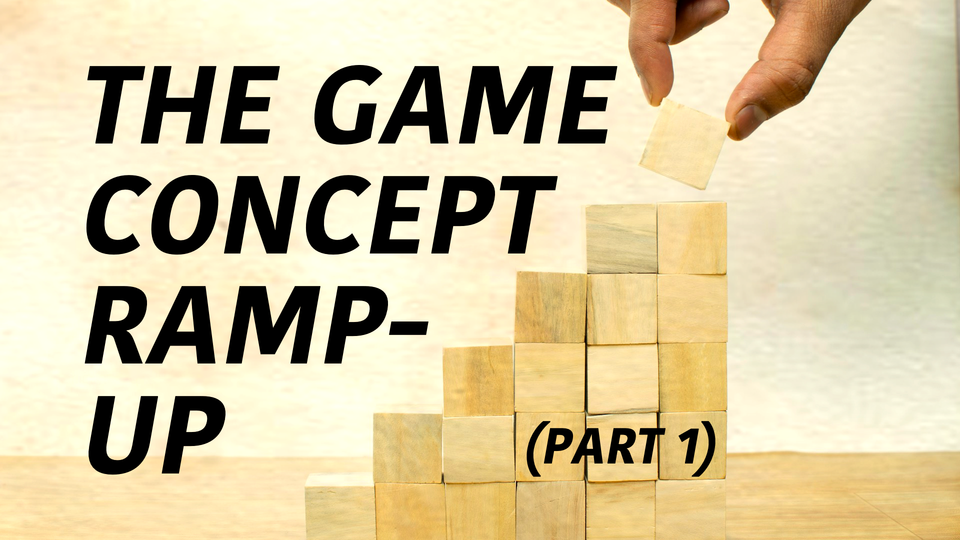
Making games is hard.
Sometimes it takes months, even years, to determine if your game concept is solid (or not).
But what if we chopped up the process into manageable bits?
I'm calling this the game concept ramp-up. It's a list of tasks that you can complete when working on a new game concept, ordered from least to most difficult and/or time-consuming.
How this list works
The first step should be the easiest. Each step generally increases in either difficulty or time to complete. After each step, you should have something tangible & useful to you in the game development process.
Most stated numbers like "3-5 words" or "60 seconds" are also arbitrary – just hit the marks that work for you.
- Describe your game using one sentence
- Write a short description for your game
- Decide on the genre(s) for your game
- List 3-5 popular games that are similar to yours
- Produce a color palette for your game
- Create a 16x16 pixel favicon for your game
- List all the action verbs players can perform
- Create a single-page GDD (game design document)
- Create a single screenshot to represent your game
- Make a 3-second GIF that sells your game
What's cool about this list is that you can bail at any time. If at any point you realize the concept isn't strong enough to justify the remaining work to get the next task done, just shelve that concept. Move on to the next one.
How we'll tackle this list
This is a long list, so let's break it down step-by-step, providing examples using my game Pixel Washer. For now we'll cover the first 10; stay tuned for the back 10!
1. Describe your game using one sentence
Explaining your game concept in just one sentence helps to distill your concept and keep scope in check.
Here's one for Pixel Washer:
You're a pig who loves power-washing beautiful pixels in an adorable piggy town!
2. Write a short description for your game
Writing a short description of your game lets you expand your vision just a little bit from the single sentence. Even this early step can be sobering – is this description "good enough" to sell your game to its intended audience?
Is it understandable, brief, exciting to the right players?
I'll tweak this over time, but this is the current short description on the Pixel Washer Steam page:

Pixel Washer is a cozy, zen-like game where you play as a cute piggy power washing beautiful pixelated worlds. Wash dirty sprites, upgrade your power washer, and clean up this filthy town.
3. Decide on the genre(s) for your game
This is difficult because you might not know for sure just yet.
Are you making a side-scrolling platformer? Turn-based RPG? Walking simulator?
The genre is important because it determines so many other things: how your game will play, how you'll make it, what kinds of art styles would be appropriate, who might want to play your game, and the list goes on.
To move forward with your concept, you've gotta pick something, so just put pen to paper. For Pixel Washer, I decided it was going to be a casual overhead shooter with minimal simulator features.
4. List 3-5 popular games that are similar to yours
Here in these parts, we call these "comps" or "comparable games" but you can call them whatever you want! Just make a short list of the sorts of games whose players would likely also be interested in your game.
This will be more difficult if you're making a highly experimental game. If you can, try to pick games that are of similar-ish genres, art styles, and/or quality bars as what you're trying to build.
Pixel Washer's comps include:
- PowerWash Simulator (obviously)
- Unpacking (because it's zen, satisfying, and pixel art)
- Sticky Business (joy, cozy, small business ... fairly similar-ish!)
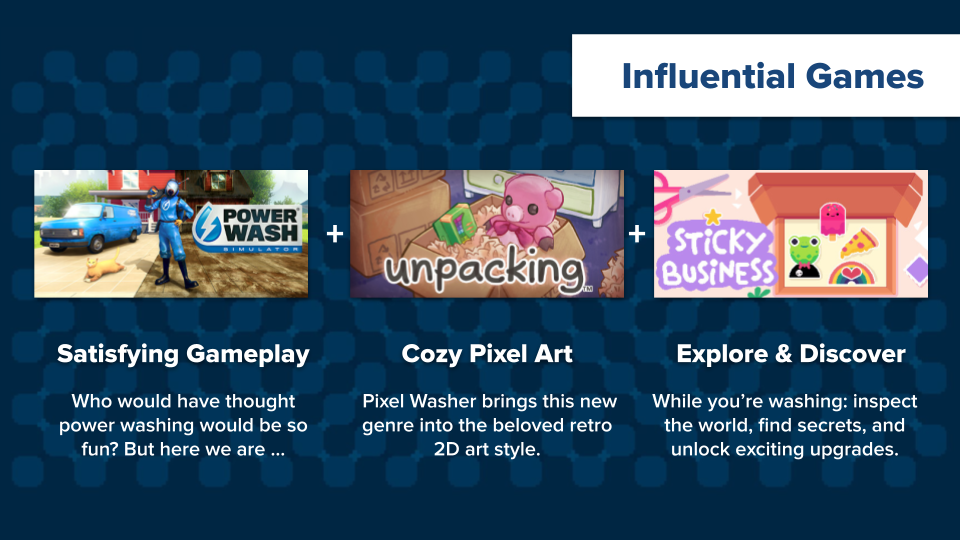
Having a handful of similar-ish games can be super handy for solidifying your vision, your scope, and for communicating about your concept. Do some research!
5. Produce a color palette for your game
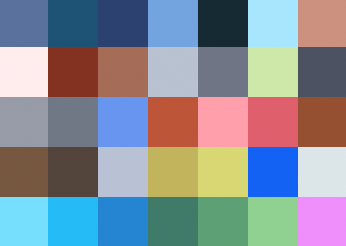
Making a color palette is fun! It also helps you solidify your direction, your mood, and the look/feel of your game. It can help inform the aesthetics of your game of course, but also your branding, your promotional assets, your landing page, a pitch deck, and more.
I created a color palette based on the primary pixel art assets packs I've been using to develop Pixel Washer. From my experience you might find 16 colors to be a bit restrictive, but don't go too high; 32-64 colors should be plenty.
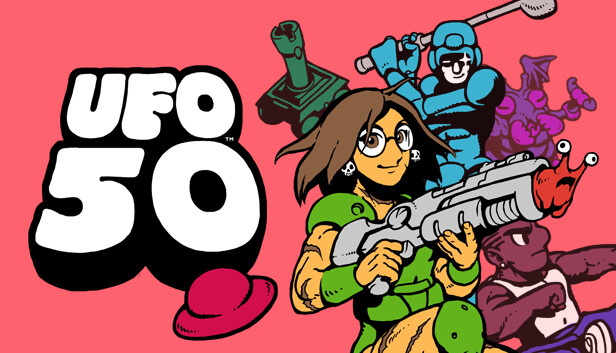
See the UFO 50 Palette - 50 games with just 32 colors! Impressive.
If you need help with this, try the palette generators Coolors or Poline, or read a guide to Color Theory. Have fun with it!
6. Create a 16x16 pixel favicon for your game
This was pretty straightforward for me because I've got Pigxel, the power washing pig. Pigxel fits perfectly into the 16x16 image:
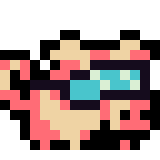
Using your palette from the previous step, try to come up with a 16x16 visual that represents your game, sets the mood, and/or is simply nice to look at. Yes, 16x16 is tiny, but these little images are still used today – see your browser tab! That's a favicon, and some platforms request them.
The tight restriction here can actually help jumpstart your creativity!
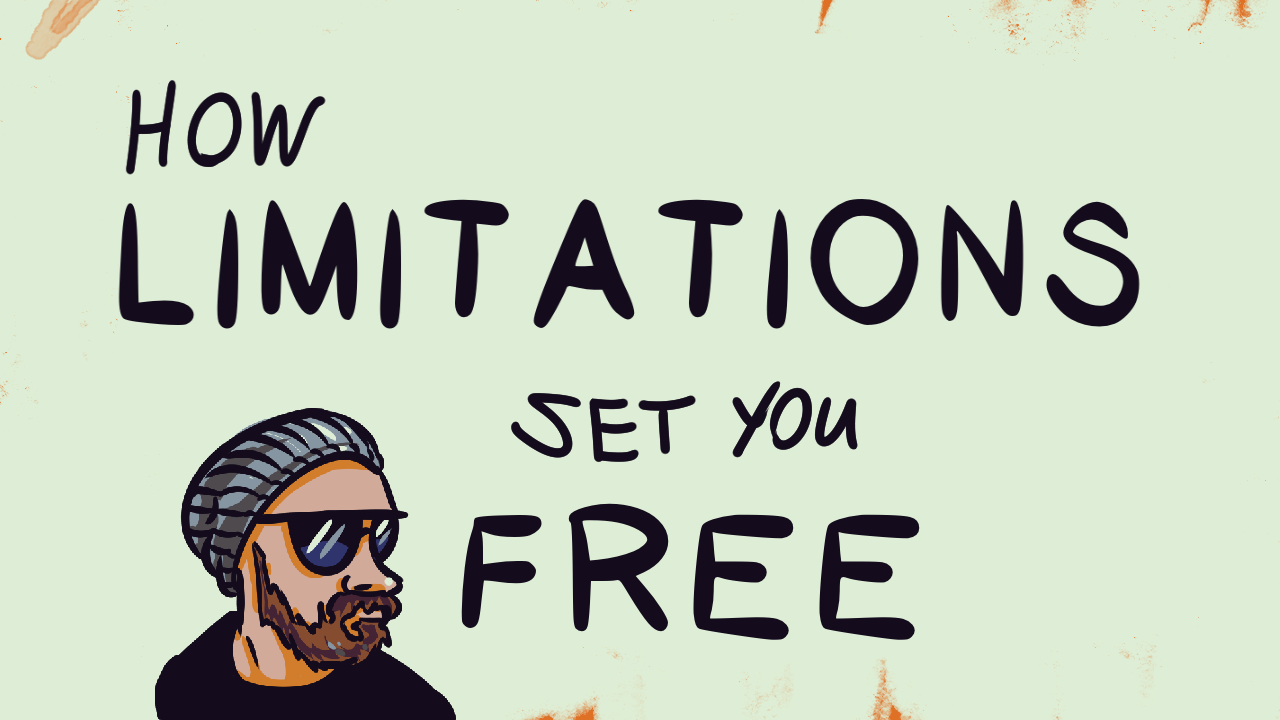
7. List all the action verbs players can perform
I always struggle with this. Being able to list your game's verbs feels somewhat childish to me, maybe because it reminds me of learning sentence structure in elementary school or something.
IDK, but it's helpful, and worth doing!
I think (?) Pixel Washer's verbs are:
Move, run, equip, choose, aim, wash, push, purchase, exit, navigate.
That sounds right.
I mean, we're designing this game, so we should know everything that players are able to do, right? Doing this can reveal when your game is doing too much – or not enough. From my experience, there's often more things players can do than we may have thought before enumerating all of them.
Keep in mind that each of these verbs needs to be thoughtfully designed and developed. Doing this can feel tedious but it can help us avoid the dreaded scope creep, which is one of our hardest bosses.
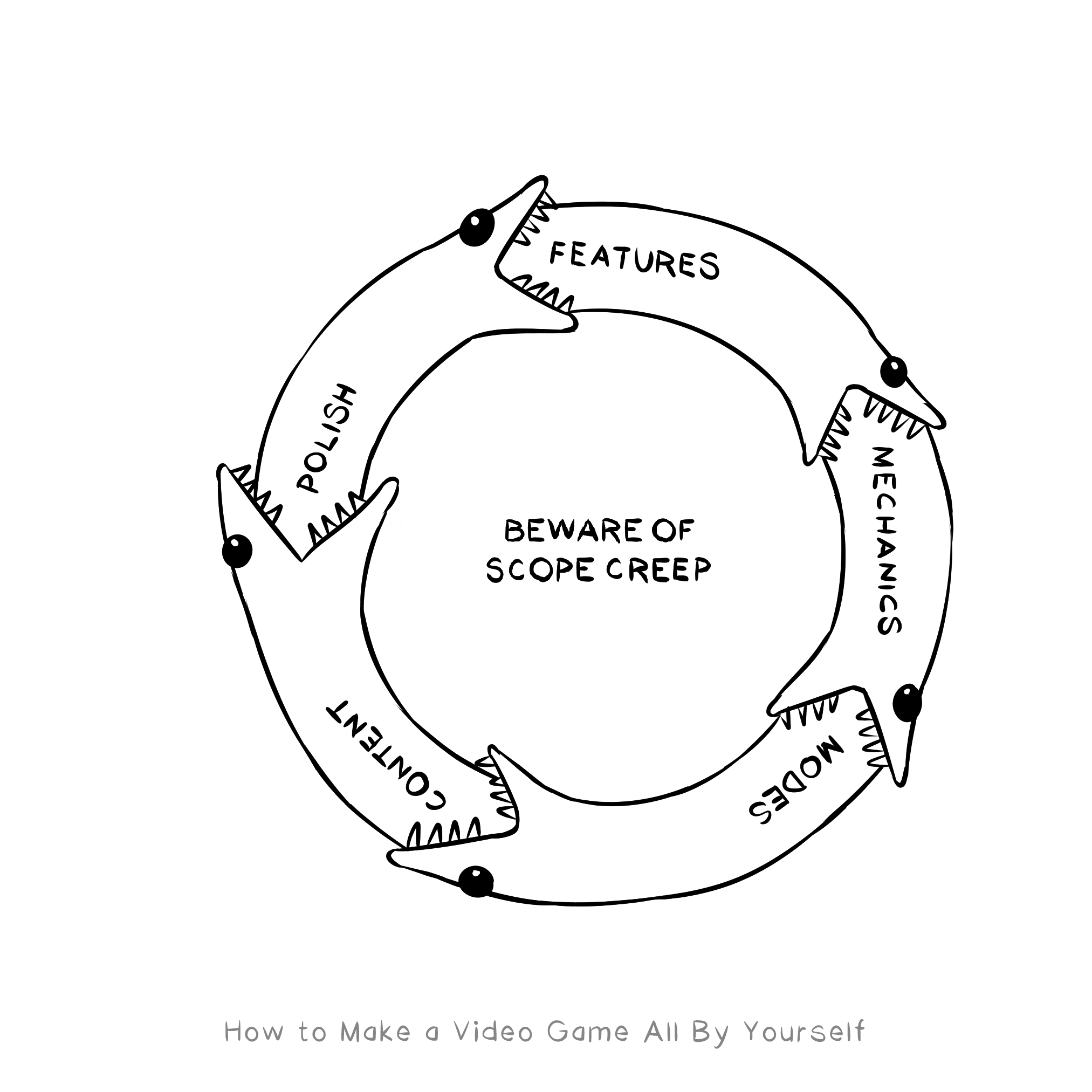
8. Create a single-page GDD (game design document)
This is hard because you've gotta nail down the game. How dare someone ask this of us?! I know. As if we know what we're going to build ...
Some developers view a GDD as mandatory, something they can't imagine working without. Others have never in their lives made one, and would only do so if contractually required to do it (hello, oops, that's me).
The reality is that many of us kind of "wing it" or otherwise depend upon our good instincts to safely navigate us through the rough waters of game development.
We'll expand upon this later so for now, just bang out a few paragraphs that describe how your game plays. Here's a section from Pixel Washer's GDD:
Pixel Washer is a casual overhead action game wrapped up in a simple business simulator.
Players begin in their headquarters, choose jobs to accept, power wash those locations, earn money, then purchase upgrades. The game emphasizes relaxing gameplay, progression, and an underlying story about family and cleanliness.
9. Create a single screenshot to represent your game
Naturally I already did this for Pixel Washer: 3-day devlog, here it is:

This early screenshot was just made in my pixel paint program (Clip Studio Paint), but it doesn't look too far off from how the actual game is turning out to look.
Making a screenshot is so helpful for solidifying your vision of your game. It can help you pick a resolution, an art style, answer questions about your user interface, and more.
10. Make a 3-second GIF that sells your game
I also made this during my Pixel Washer: 3-day devlog, here's that:
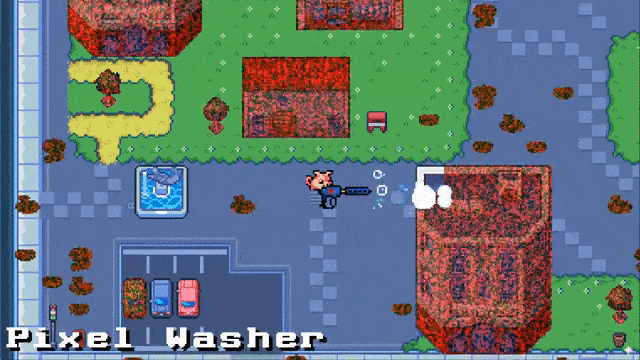
This was technically made using "game code" but it was really hacked-up. I used LÖVE because I had already prototyped something workable (for another project with Geoff Blair).
The purpose of your GIF is to show a quick animation of the gameplay. This is when you can really start to get a feel for how your game will play.
I'm a big advocate for GIFs, as you might know if you caught my GDC talk Content-Ready Game Development (look at that plug!).
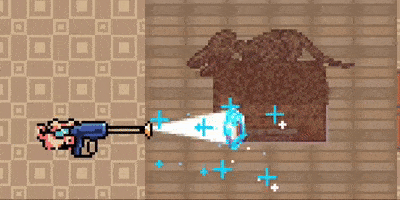

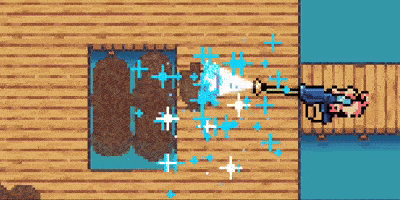
Early GIFs of Pixel Washer gameplay
Continue on to steps 11-20
Those are the first 10 steps! Any/all of them are easier to complete than a whole entire video game. These steps can be fun and they could help you improve your vision for your game, increasing your chances of finishing it (and being happy with the results).
Now it's time for the next 10 steps. See you there!




